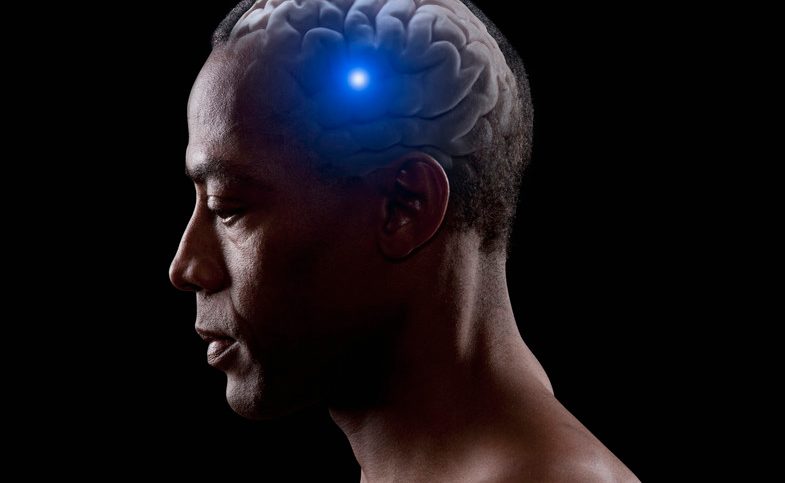Brain Aneurysm Causes

Not all brain aneurysm causes are known. But genetic factors, high blood pressure, and certain lifestyle choices can contribute to causing a brain aneurysm.
Learning about brain aneurysm causes, and what you can do to lower the risk of a brain bleed from an aneurysm, can be life-saving.
A brain aneurysm (also called a cerebral aneurysm) is a thin or weak area on the wall of a blood vessel in your brain. Aneurysms fill with blood, stretch, and balloon outwards, sometimes to the breaking point. Although they are not always dangerous, brain aneurysms can be deadly if they rupture, causing bleeding into the brain (a hemorrhagic stroke).
YOU MIGHT ALSO LIKE: Brain Aneurysm Symptoms
About two to three percent of the adult population has a brain aneurysm — primarily people over the age of 40. The aneurysms may be small and never cause any noticeable problems or, depending on their size and other risk factors, they can result in life-threatening complications, according to the National Institute of Neurological Disorders and Stroke (NINDS).
In all, about 30,000 Americans suffer a ruptured aneurysm every year, 40 percent of them dying, often before they reach a hospital, due to rapid and massive bleeding into their brains. Of those who survive a brain aneurysm-caused hemorrhagic stroke, almost 70 percent suffer some permanent neurological damage, according to the Brain Aneurysm Foundation.
The most common brain aneurysm causes
Researchers have found several factors that may contribute to causing a brain aneurysm or increasing the odds one will rupture. For example, hypertension, cigarette smoking, diabetes, and high cholesterol increase your risk of atherosclerosis (a blood vessel disease marked by fatty plaque accumulating in artery walls). And atherosclerosis, in turn, raises your risk of developing a fusiform aneurysm — a type of aneurysm that causes an artery to balloon out on all sides.
Over time, brain aneurysms may also develop due to drug abuse. Cocaine and amphetamines can be brain aneurysm causes because the drugs raise blood pressure to dangerous levels, damaging arteries.
Infectious mycotic aneurysms are caused by infections that weaken walls of arteries. And intravenous drug abuse is frequently a cause of this type of aneurysm, the NINDS points out.
Head trauma and brain tumors are less common but possible brain aneurysm causes, too.
Brain aneurysm causes can include genetic factors
The National Institute of Neurological Disorders and Stroke (NINDS) points out brain aneurysm causes include hereditary factors that may directly or indirectly result in the condition. Although rare, sometimes brain aneurysms are present from birth, usually due to a congenital abnormality in an artery wall.
A family history of aneurysm in a first-degree family member (a child, sibling, or parent) raises the risk of a brain aneurysm. Some people may have inherited a tendency for weak blood vessels, including brain aneurysms, due to genetic connective disorders — including Ehlers-Danlos syndrome, autosomal dominant polycystic kidney disease, Marfan syndrome, and fibromuscular dysplasia.
Arteriovenous malformations (AVMs), snarled tangles of arteries, and veins in the brain that disrupt blood flow can cause a brain aneurysm. Brain AVMs affect less than one percent of the population, and what causes them isn’t clear. However, most people who have AVMs were born with them. Rarely, AVMs seem to run in families genetically.
What causes a brain aneurysm to bleed?
Why some brain aneurysms rupture and bleed and others don’t isn’t always clear. However, the size, shape, and location of an aneurysm and symptoms can increase the risk.
Smaller aneurysms, especially those uniform in size, are usually less likely to bleed compared to larger, irregularly shaped aneurysms, according to the American Stroke Association. Moreover, once an aneurysm does bleed, there’s a very high chance it will bleed again.
Heavy lifting or straining can cause pressure to rise in the brain and may lead to a ruptured aneurysm. So can being extremely upset or angry to the point blood pressure rises to dangerous levels. Some prescription drugs, including anticoagulants such as warfarin and certain stimulants, also increase your risk for aneurysm bleeding,
Bottom line? Talk to your doctor about brain aneurysm causes and treatments
If you have been diagnosed with a brain aneurysm or have a family history of brain aneurysms, work with your doctor to lower all risk factors possible to lessen the chance of a hemorrhagic stroke. For example, stop smoking, use diet and exercise to your lower cholesterol, and get help for stimulant drug abuse. Treatments for aneurysms may include, in some cases, surgery and medication.
It’s also important to recognize symptoms of a ruptured aneurysm. Seek immediate, emergency help if you or someone you know experiences:
- A sudden, severe headache (often described as the “worst headache ever”)
- Sudden vision changes
- Loss of balance or coordination or becoming unable to move
- Numbness in an arm or leg
- Nausea and vomiting
- Seizures
- Inability to speak or confusion
- Loss of consciousness
Updated:
September 29, 2021
Reviewed By:
Janet O’Dell RN